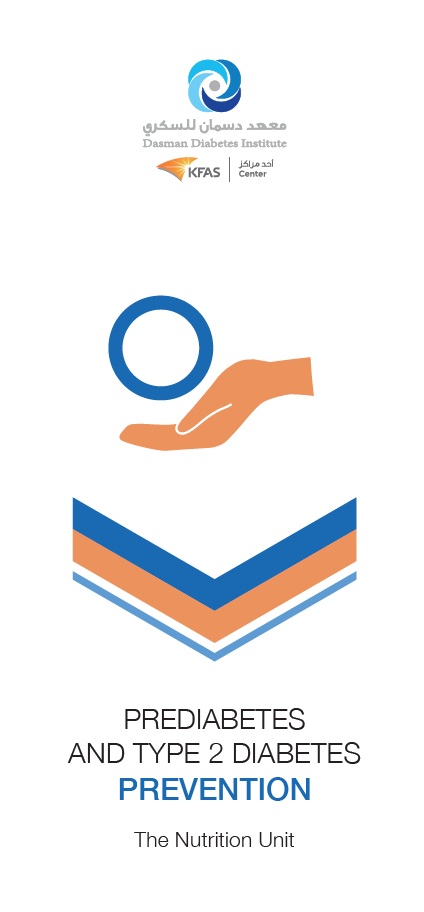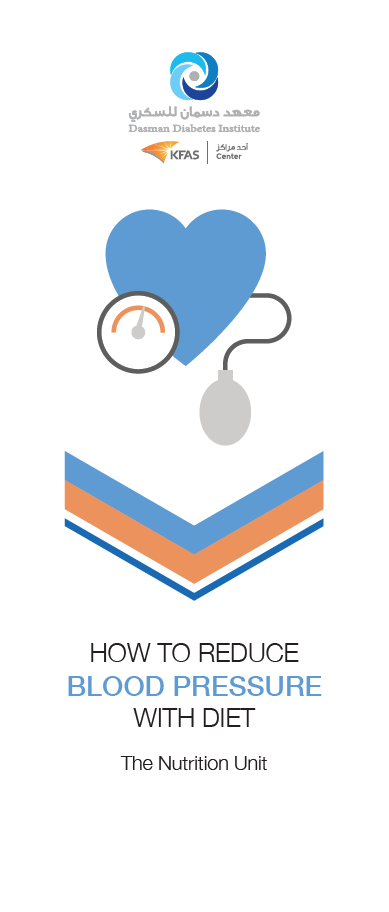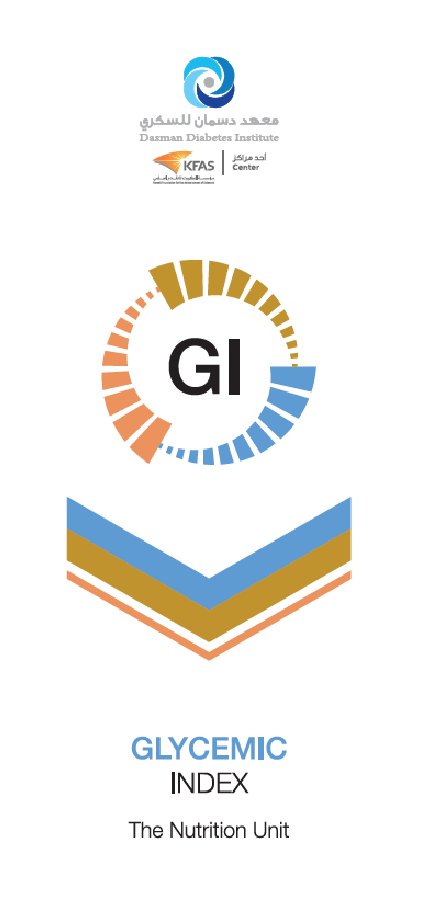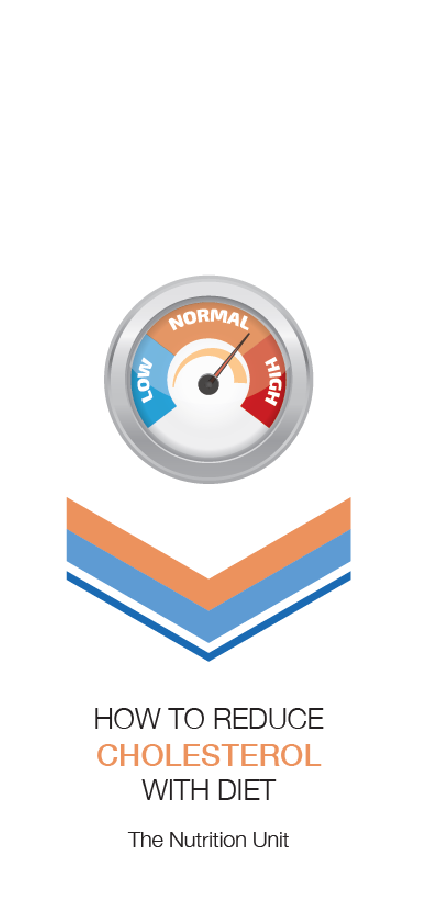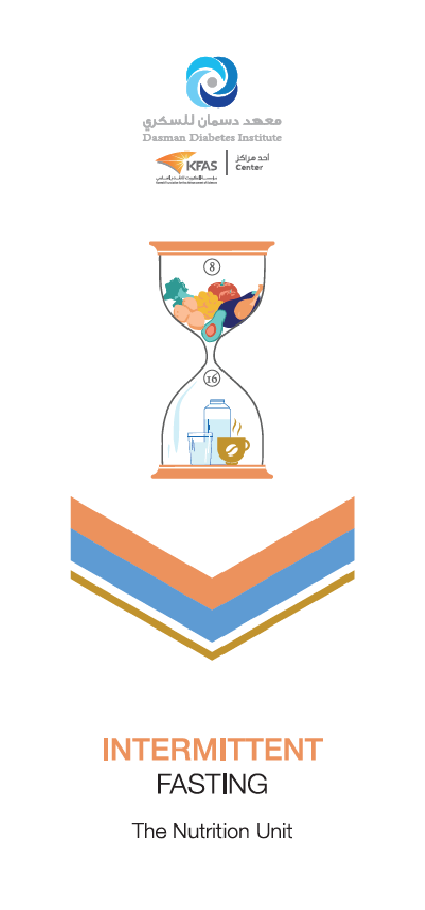Glucose-Lowering Agents
It is highly recommended for people with type 2 diabetes to eat healthy and to exercise regularly (lifestyle modification approach). However, if blood sugar levels are not controlled by this approach, the treating doctor may consider diabetes medications that are commonly used to manage this condition. These medications are classified into different groups according to their unique action and how they work to help keep blood sugar levels under control. The medications also differ in the way they are administered; some can be taken orally in tablet form whilst others can be injected.
Selection of medication for treating type 2 diabetes
Depending on the patient’s medical history, the treating doctor may prescribe one glucose-lowering agent or more to help manage blood sugar levels appropriately. Usually, metformin (from the biguanide class of medications) is the first choice for people with type 2 diabetes, in addition to lifestyle modification. If metformin alone is not effective in controlling blood sugar levels, another medication can be given as an alternative or in addition to metformin. The type of medication the doctor selects depends on many factors, examples of which are:
- Risks and benefits of medication selected
- If the medication causes weight gain or weight reduction
- Other health conditions the patient has
- Other medications the patient takes (drug interactions)
- If patient accepts injections
- Cost of medication
Glucose-lowering agents do not cure diabetes; they may work together to keep the condition under control. People with type 2 diabetes may need to take multiple medications that work in different ways to reduce high glucose levels. For more information about the different medication groups, below is a summary of the agents belonging to each category:
Biguanides
Metformin is the only medication belonging to this group; the common brand name is Glucophage®. Please be aware that it is also available in other brand names based on the manufacturing company.
Indication
- Type 2 diabetes
Mechanism of Action
- Reduces the production of sugar (glucose) in the liver
- Reduces insulin resistance
Side Effects
- Most common side effects are related to the gastrointestinal tract such as nausea, vomiting, stomachache/discomfort, diarrhea or constipation, and metallic taste.
- Metformin does not directly affect kidney function. However, if kidney function is impaired, Metformin dose adjustment might be necessary by the treating doctor.
- As Metformin does not stimulate insulin production, the risk of low blood sugar (hypoglycemia) is less likely to occur.
Additional information related to medication use
- It is important to consult your doctor before and after having examinations that require contrast dye. The contrast dye may affect kidney function which warrants the discontinuation of the medicine.
- The medication may be temporarily stopped in case of gastroenteritis (stomach flu) which is accompanied by vomiting and diarrhea until you feel better.
- The product is available in immediate release formulation, the effect of which may last for 6-8 hours taken on regular intervals. Strengths available include: 500mg, 850 mg, and 1000mg.
- It is also available in extended release formulation (XR) that may last up to 24 hours. The dose can be taken once daily or in regular intervals.
Insulin Secretagogues
Two subgroup medications belong to this group including:
A: Sulfonylureas
Indication
- Type 2 diabetes
Mechanism of Action
- Stimulates the pancreas to produce insulin
Side Effects
- Hypoglycemia (low blood sugar)
- Weight gain
Examples of Medications in this Subgroup
Amaryl® (Glimepiride): Starting from 1-2mg with a maximum dose of 8mg. It is taken ONCE daily with the first meal.
Diamicron® (Gliclazide): Starting from 30mg with a maximum dose of 120mg. It is taken ONCE daily with the first meal; its effect lasts for 24 hours.
Daonil® (Glibenclamide): Starting from 2.5mg – 5mg with a maximum dose of 20mg. It is taken ONCE or TWICE daily with food.
Minidiab® (Glipizide): Starting from 2.5mg – 5mg with a maximum dose of 20mg. It is taken ONCE daily with the first meal.
Contraindications: Sulfa allergy
B. Meglitinides
Examples of Medications in this Subgroup
Novonorm® (Repaglinide): Starting from 1 mg – 2 mg before meals (can be taken 3-4 times daily according to meal consumption). The maximum daily dose is 16mg.
Additional Information related to medication use:
The medication should only be taken with food. If you are skipping a meal, the dose of that meal should not be taken.
Mechanism of action and side effects are similar to sulfonylureas. However, Hypoglycemia is less likely to occur compared to sulfonylurea.
DPP-4 Inhibitors
Indication
- Type 2 diabetes
Side Effects
- Flu-like symptoms
Examples of Medications in this Subgroup
Galvus® (Vildagliptin): ONE tablet to be taken ONCE or TWICE daily
Januvia® (Sitagliptin): ONE tablet to be taken ONCE daily before or after food
Onglyza® (Saxagliptin): ONE tablet to be taken ONCE daily before or after food
Trajenta® (Linagliptin): ONE tablet to be taken ONCE daily before or after food
All previously mentioned medications in this group may need adjustment by the treating doctor in case of kidney impairment, except for Trajenta® (Linagliptin). The maximum dose of Trajenta® (Linagliptin) can be taken in cases of kidney failure and dialysis.
Additional Information related to medication use:
The medications in this group can be taken before or after food, preferably the same time every day. They are less likely to directly cause hypoglycemia, but the risk of hypoglycemia increases if taking multiple glucose lowering medications or those that stimulate insulin production.
GLP-1 Analogues
All medications in this group are subcutaneous injections. These agents cannot substitute insulin.
Indication
- Type 2 diabetes
Side Effects
- Nausea and vomiting
- Stomachache
Mechanism of Action
- Reduces the production of sugar (glucose) in the liver
- Slows stomach motility
- Suppresses appetite
- Helps in weight loss
Examples of Medications in this Subgroup
Victoza® (Liraglutide): Subcutaneous injection to be administered starting from 0.6 mg. The dose shall be gradually increased according to the treating doctor’s instructions to a maximum daily dose of 1.8 mg ONCE daily.
Trulicity® (Dulaglutide): Subcutaneous injection to be administered ONCE WEEKLY. It is available in 0.75 mg and 1.5 mg.
Bydureon® (Exenatide): Subcutaneous injection to be administered ONCE WEEKLY. Available in 2 mg.
All previously mentioned medications in this group may need adjustment by the treating doctor in case of kidney impairment, except for Trajenta® (Linagliptin). The maximum dose of Trajenta® (Linagliptin) can be taken in cases of kidney failure and dialysis.
Contraindications
- Previous history of pancreatitis
- Family history of some forms of thyroid cancer
Additional Information related to medication use:
They are less likely to directly cause hypoglycemia, but the risk of hypoglycemia increases if taking multiple glucose lowering medications or those that stimulate insulin production.
SGLT2 Inhibitors
Side Effects
- Frequent urination
- May cause urinogenital infections
Mechanism of Action
- Prevents sugar (glucose) re-absorption by kidneys, which leads to excess sugar being excreted with urine
Examples of Medications in this Subgroup
Forxiga® (Dapagliflozin): Dose starts from 5 mg to 10 mg ONCE daily
Jardiance® (Empagliflozin): Dose starts from 10 mg to 25 mg ONCE daily
Invokana® (Canagliflozin): Dose starts from 100 mg to 300 mg ONCE daily
Additional Information related to medication use:
- It is preferred to take these medications in the daytime to avoid any sleep disturbance at night when there is a need to go to the toilet.
- The medications in this group can be taken before or after food, preferably at the same time every day.
- They may cause dehydration if water consumption is inadequate (according to the treating doctor recommendations).
- They are less likely to directly cause hypoglycaemia, but the risk of hypoglycaemia increases if taking multiple glucose lowering medications or those that stimulate insulin production.
- They may help to lose weight in case of overweight.



